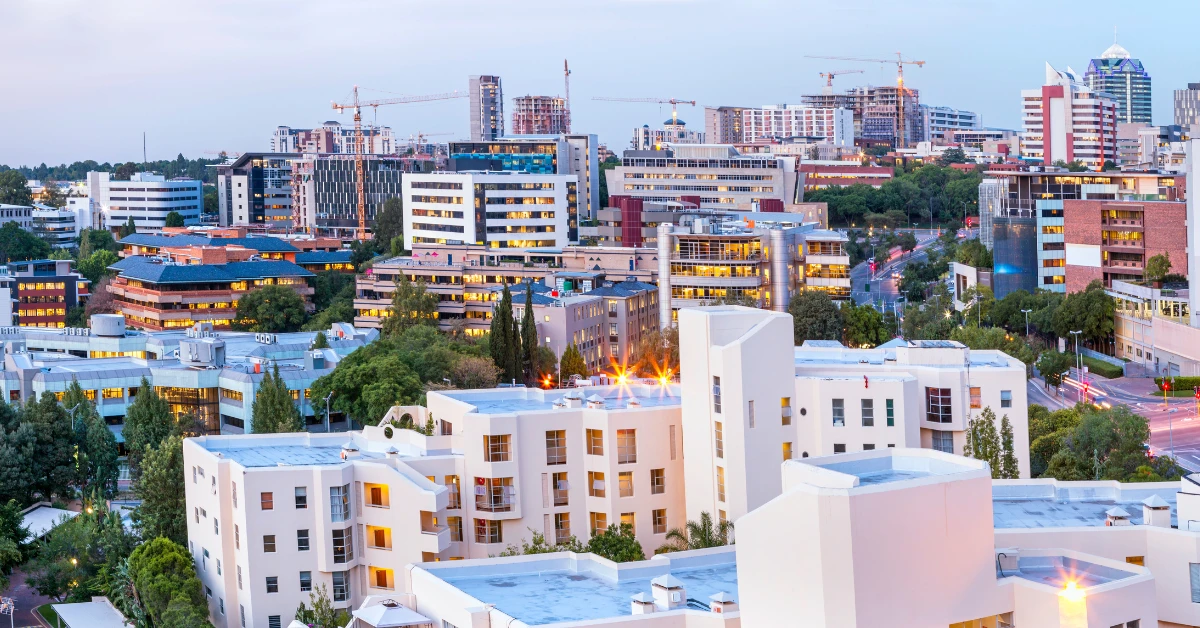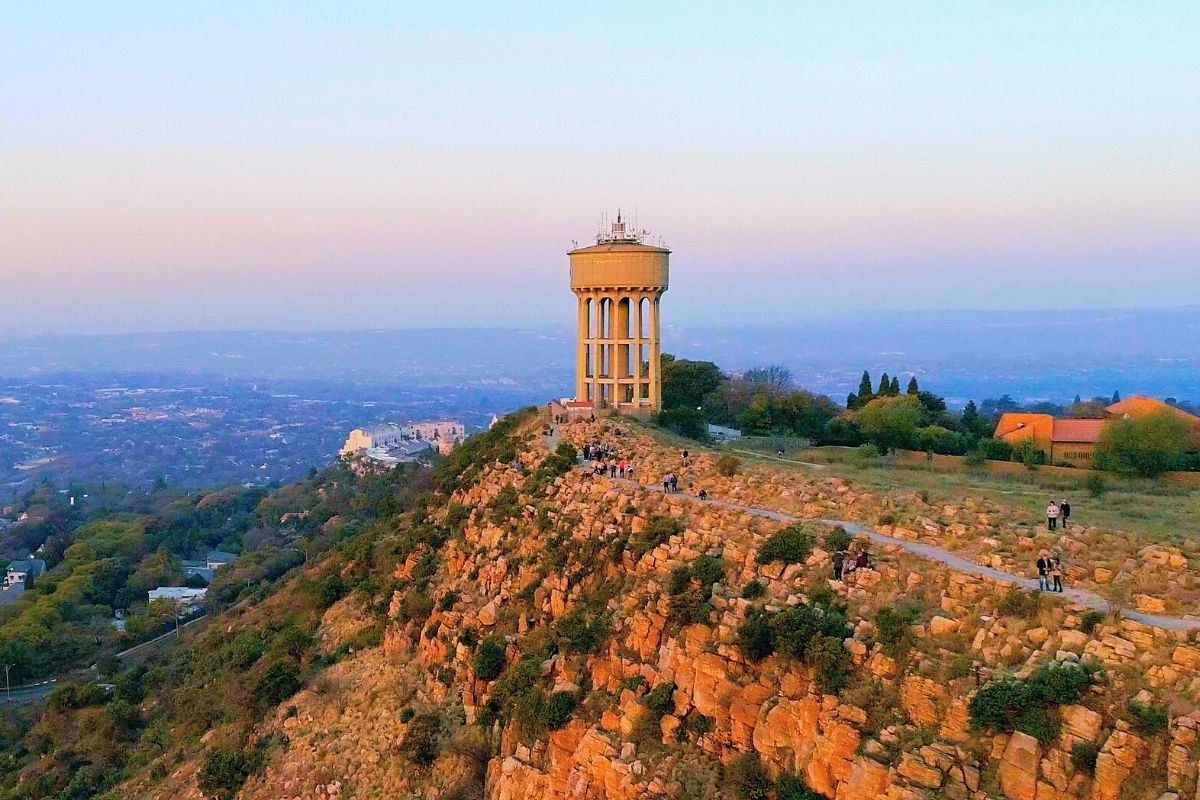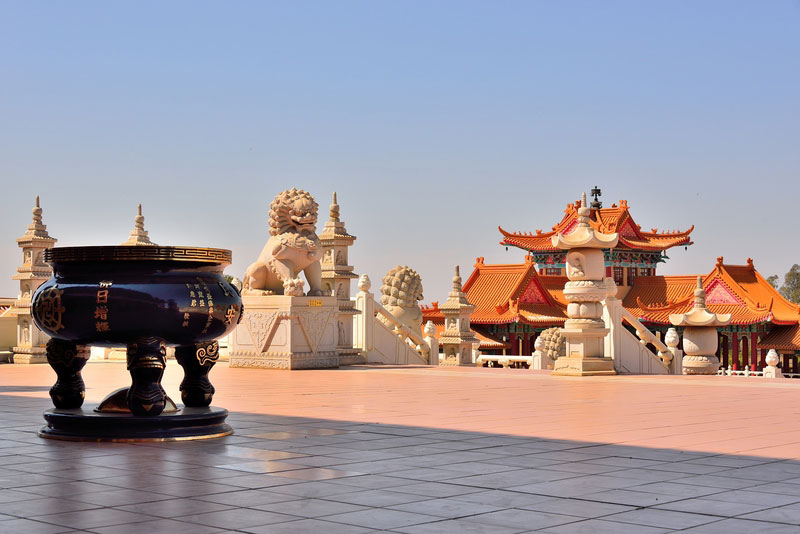Little Known Facts About Johannesburg North Attractions.
Little Known Facts About Johannesburg North Attractions.
Blog Article
Unknown Facts About Johannesburg North Attractions
Table of ContentsJohannesburg North Attractions Fundamentals ExplainedJohannesburg North Attractions Things To Know Before You BuyJohannesburg North Attractions Things To Know Before You Get ThisA Biased View of Johannesburg North AttractionsEverything about Johannesburg North AttractionsThe 8-Second Trick For Johannesburg North AttractionsSome Known Details About Johannesburg North Attractions
Nevertheless you need to keep safety in mind and tourists need to continue to be alert in any way times when in strange surroundings. Talk with the residents when you remain in town to learn about the location you are remaining in. Johannesburg North attractions. When on the street (this does not use to buying malls and other protected environments) best general advice is to attempt your ideal to look like a regional and to prevent showing any type of kind of wealth
The smart Trick of Johannesburg North Attractions That Nobody is Discussing
Professor Revil Mason O. J. (Thomson, 1946) discovered the Witwatersrand's pre-colonial history. His archaeological work took off the 'em pty land' misconception, according to which the region was devoid of human habitation prior to the arrival of European settlers. In his publications Prehistory of the Transvaal: A Record of Human Task (1962) and Origins of Black People of Johannesburg and the Southern Western Central Transvaal AD 3501880 (1986 ), Professor Mason demonstrated the level of social and economic advancement in the area prior to Europeans established foot below.

The Single Strategy To Use For Johannesburg North Attractions
He acted with the government's authorization, granted after he had vowed to keep his explorations secret. In 1874, small mining operations were started in the Magaliesberg, where an Australian, Henry Lewis, had found gold down payments. In 1878, David Wardrop located gold in quartz blood vessels at Zwartkop, north of Krugersdorp. In 1881, Stephanus Minnaar discovered gold on the ranch Kromdraai, near the Cradle of Mankind.
In March 1886, an outcropping (quickly to be called the Main Reef) was discovered, rather fortunately, on Gerhardus Oosthuizen's ranch Langlaagte. Some say that the Lancastrian coal miner George Pedestrian found this reef. Another travelling English prospector, George Harrison (that had actually previously functioned in Australian mines) obtained a prospecting permit in regard of Langlaagte in May 1886.
He made a decision to proceed in a mission for greener fields, and disposed of his Langlaagte case for the baronial sum of 10. Alas: under lay the wealthiest goldfield ever discovered. The discovery of this abundant auriferous coral reef prompted a gold thrill that signalled completion of bucolic serenity in the southern Transvaal.
It would certainly, within 6 years, end up being the largest community in southern Africa. Within a decade, it would make the Z. A. R. until then an anarchical and insolvent little state the most affluent country More about the author in Africa. By the millenium, the Z. A. R. was to go beyond Russia, Australia and the USA of America to come to be the globe's leading gold manufacturer, producing greater than a quarter of the world's gold.
The Buzz on Johannesburg North Attractions
It was recognized as Ferreira's Camp, named after Colonel Ignatius Ferreira. He was a Boer traveler upon whom the British authorities had actually bestowed the status of Companion of one of the most Distinguished Order of St Michael and St George (entitling him to the post-nominal letters C. M. G.) in appreciation for his function in the battle that had deposed the Pedi king Sekhukhune in 1879.
Quickly the camp was teeming with tents and wagons as novices arrived daily from far and wide. By September 1886, some 400 people stayed in Ferreira's Camp, which quickly boasted built iron and hardwood structures. Two various other camps were established: Meyer's Camp on the farm Doornfontein, and Paarl Camp. The latter was nicknamed Afrikander Camp; many individuals from the Cape Nest worked out there.

The Ultimate Guide To Johannesburg North Attractions
This name got currency by this page word of mouth, click here to find out more such that the State Assistant affirmed the name to the Mining Commissioner on 9 October 1886. Stands in the town were auctioned on 8 December 1886. While some stands were sold for 10, others were torn down for as little as sixpence.
2 years later, these erven were to alter hands for as much as 750 each. The tented camps diminished as a dorp of corrugated iron buildings established and expanded north of the mines situated along the Key Reef Roadway. Areas such as Jeppe's Community (where working-class immigrants erected their dwellings) and Doornfontein (where the wealthy new 'Randlords' started to construct their extravagant houses) were soon contributed to the ever-expanding map of the community.
Johannesburg North Attractions Fundamentals Explained
Aside from the road names, there were no signs of Johannesburg being positioned in a Dutch-speaking country. Several years later, C. W. Kearns O. J. (one of the initial boys enlisted at St John's University in 1898) would recall: 'An odd reality about Johannesburg was that, although it was in the [Boer Republic], virtually everyone talked English and also the Government servants resolved one in English, unless they were first dealt with in the Taal (or Reduced Dutch)'.
Britain had a passion in making certain ideal conditions for gold production on the Witwatersrand, and that the gold was exported to London instead than Berlin a necessary made all the much more clamant by the Z. A. R.'s increasing toenadering with Germany. Mine proprietors were on a collision training course with Head of state Kruger, whose policy of monopolistic giving ins (often provided to his cronies) stopped mining companies from acquiring materials of materials (specifically dynamite) and labour on their very own, more affordable terms
The Buzz on Johannesburg North Attractions
In 1890, the Volksraad had actually restricted the franchise business to white males who had stayed in the Z. A. R. for fourteen years or longer, thus disqualifying many of the immigrants (who occurred to be the significant factors to the fiscus). Nevertheless, frustration for the ballot was a mere pretext for advertising a various agenda; a lot of uitlanders concerned themselves as short-term site visitors and had no purpose of remaining in the Z.
Report this page